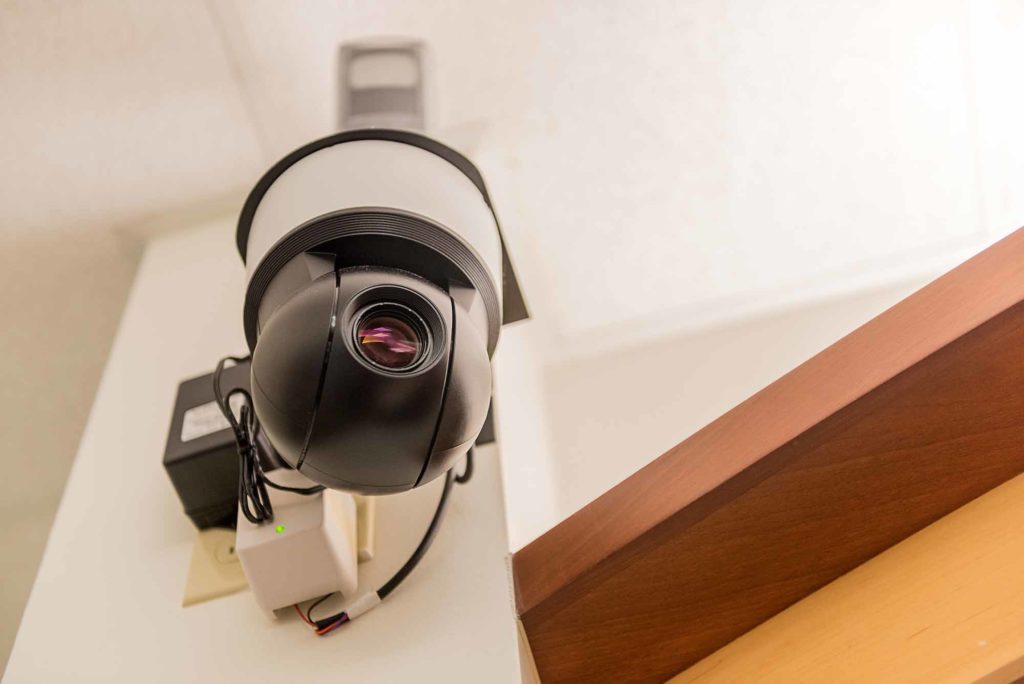Featured
Up-and-Coming Voices: Bringing Science to Justice

At each APS Convention, dedicated poster sessions give students and researchers the opportunity to network while they present their work to other psychological scientists from across the globe. For this issue on criminal justice, we have asked two researchers who presented at the 2023 International Convention of Psychological Science in Brussels, Belgium, to share their findings.
Impact Depends on Reach: Exploration of Rural Residents’ Misperceptions Regarding Justice Involved Individuals with a Mental Illness
Dowla Kuzmickus and Tamara Kang (Southern Illinois University Carbondale)
What did the research reveal that you didn’t already know?
Our findings revealed that rural residents’ perceptions about individuals with a mental illness are heavily influenced by their personal experiences, rather than specific sources such as academic literature. Interestingly, our research also suggests that emotions felt toward individuals with a mental illness appear to be associated with the endorsement of misperceptions of mental illness. Fear was specifically associated with increased misperceptions of dangerousness and criminality. However, rural residents who felt emotions such as sympathy, sadness, or confusion did not report these misconceptions.
Check out news and coverage from the 2023 APS International Convention of Psychological Science.
What is the relevance of your findings for the future of criminal justice research and psychological science as a whole?
Our findings offer valuable insight into developing effective interventions to reduce misperceptions of individuals with a mental illness. Because personal experiences appear to powerfully influence rural residents’ attitudes and beliefs, our findings suggest that increasing familiarity via facilitating positive, personal interactions between rural residents and individuals with a mental illness may help alleviate fear and correct misperceptions. Importantly, people who carry misperceptions and fears about mental illness often avoid anyone who struggles with such disorders. Those misperceptions also lead to ineffective legislation (e.g., firearm legislation) and internalized stigma. Thus, facilitating personal interactions may help individuals with mental illness who are involved in the criminal justice system get treatment and reduce barriers to reentry in rural communities.
What are your next steps with regard to this research?
Given the promising findings of the present study and an interest in rich detail of lived experiences, our lab conducted qualitative interviews with rural residents regarding their opinions and experiences with mental health and criminal justice related issues. Our future research will, therefore, focus on whether specific aspects of personal experience with mental illness (e.g., intimacy and quality of contact) and the emotions elicited during those experiences are related to stigma toward individuals with mental illness who are involved in the criminal justice system. We hope that this research will further inform the development of tailored intervention methods to reduce misperceptions and alleviate collateral consequences.
The Relationship between Attentional Staring and Video Evidence Interpretation
Jennie Qu-Lee and Emily Balcetis (New York University)
What did the research reveal that you didn’t already know?
Prior research has not established that individuals can vary in the manner to which they selectively attend to targets, including potential defendants or plaintiffs, in video evidence. Knowing how, where, and whether people hold their eye gaze on particular spots for long durations can illuminate the magnitude of polarization in judgments among different factions of society. Our research indicates that attentional staring exacerbated individuals’ already over-taxed information processing systems when viewing video evidence, lending opportunities to group-based bias in legal judgments.
What is the relevance of your findings for the future of criminal justice research and psychological science as a whole?
Polarization in legal decisions emerges not just because of pre-existing prior beliefs, attitudes, and identities, but also in part because of differences in the allocation of visual attention. Visual attention contributes to the divisiveness of social opinions, particularly when people base decisions on video evidence. It’s unlikely that any legal procedures will remove group-based biases, but it is possible for instructions, procedures, and processes to change viewers’ visual experiences of the evidence, which may mitigate bias. For people to achieve common ground, it is not enough to see what someone else sees. People need to see how someone else sees.
Read all of the articles from the November/December Observer.
What are your next steps with regard to this research?
Mitigating the impact of legal decision-makers’ beliefs and judgements on consequential decisions could be challenging, as it has historically relied on self-report and explicit instructions for judicial actors to withhold bias. Evidence suggests this does not work. Our research team is exploring how to change visual experience directly in a manner that could shape the information available upon which people base their decisions. We are testing techniques for shifting viewing experience among legal decision-makers, as they could be the key to ensuring the impartiality of the legal system.
Feedback on this article? Email [email protected] or login to comment. Interested in writing for us? Read our contributor guidelines.





APS regularly opens certain online articles for discussion on our website. Effective February 2021, you must be a logged-in APS member to post comments. By posting a comment, you agree to our Community Guidelines and the display of your profile information, including your name and affiliation. Any opinions, findings, conclusions, or recommendations present in article comments are those of the writers and do not necessarily reflect the views of APS or the article’s author. For more information, please see our Community Guidelines.
Please login with your APS account to comment.